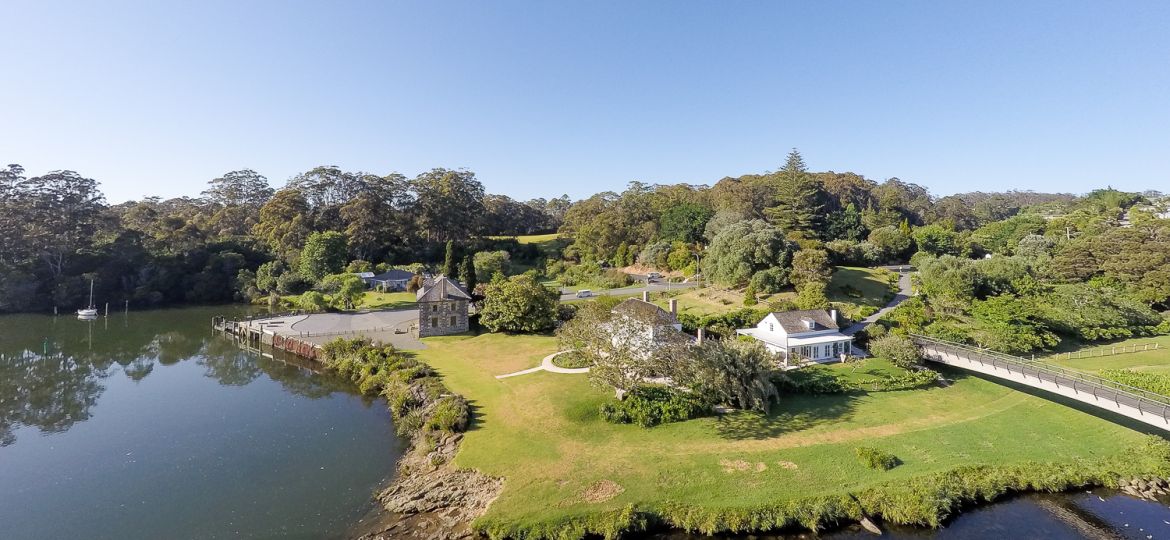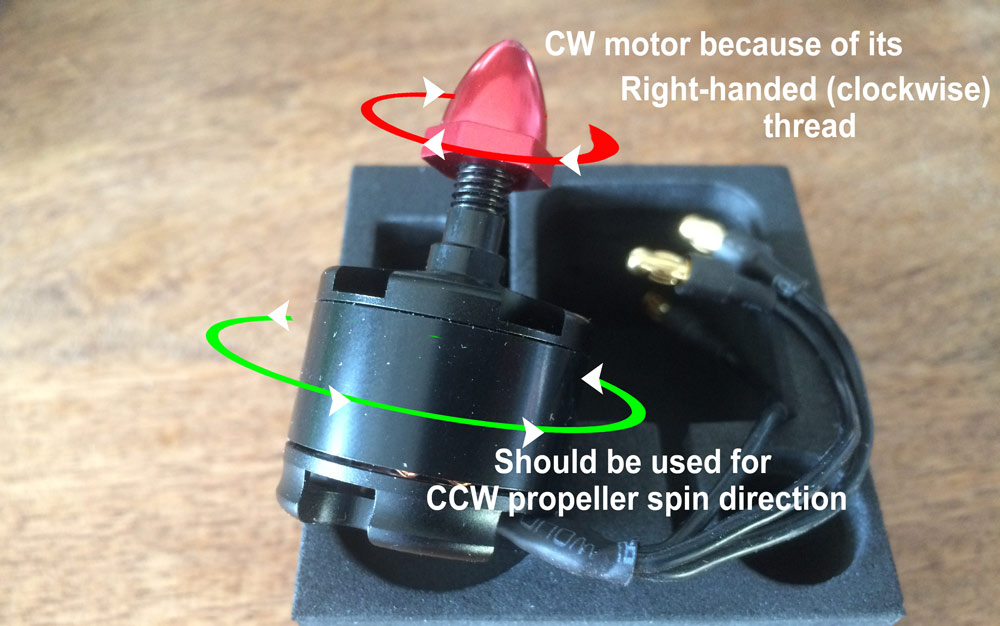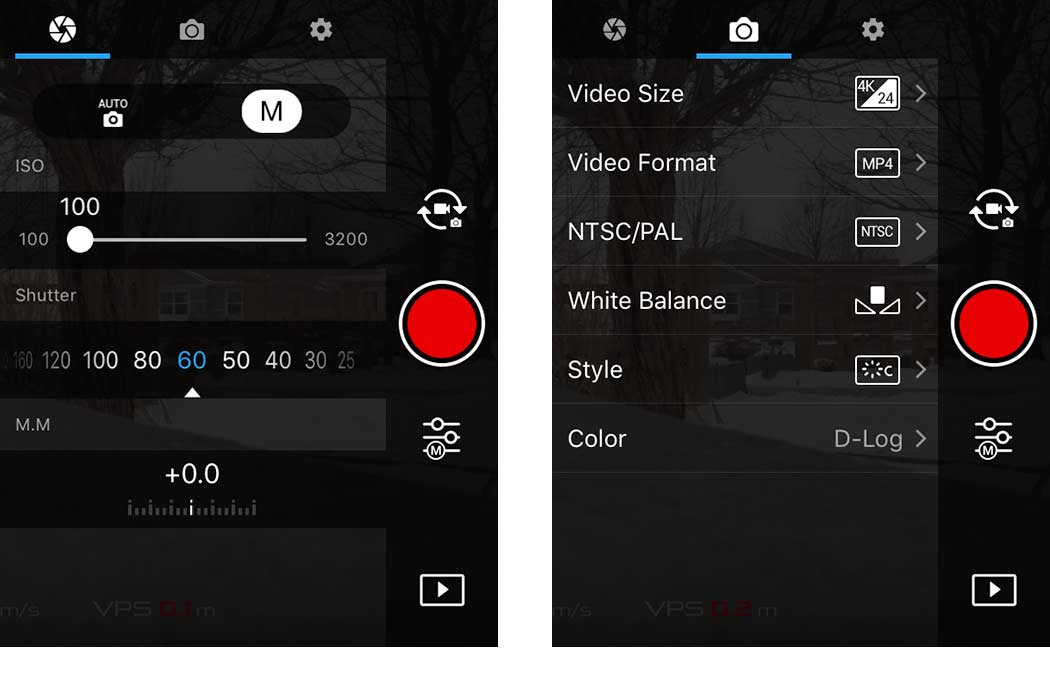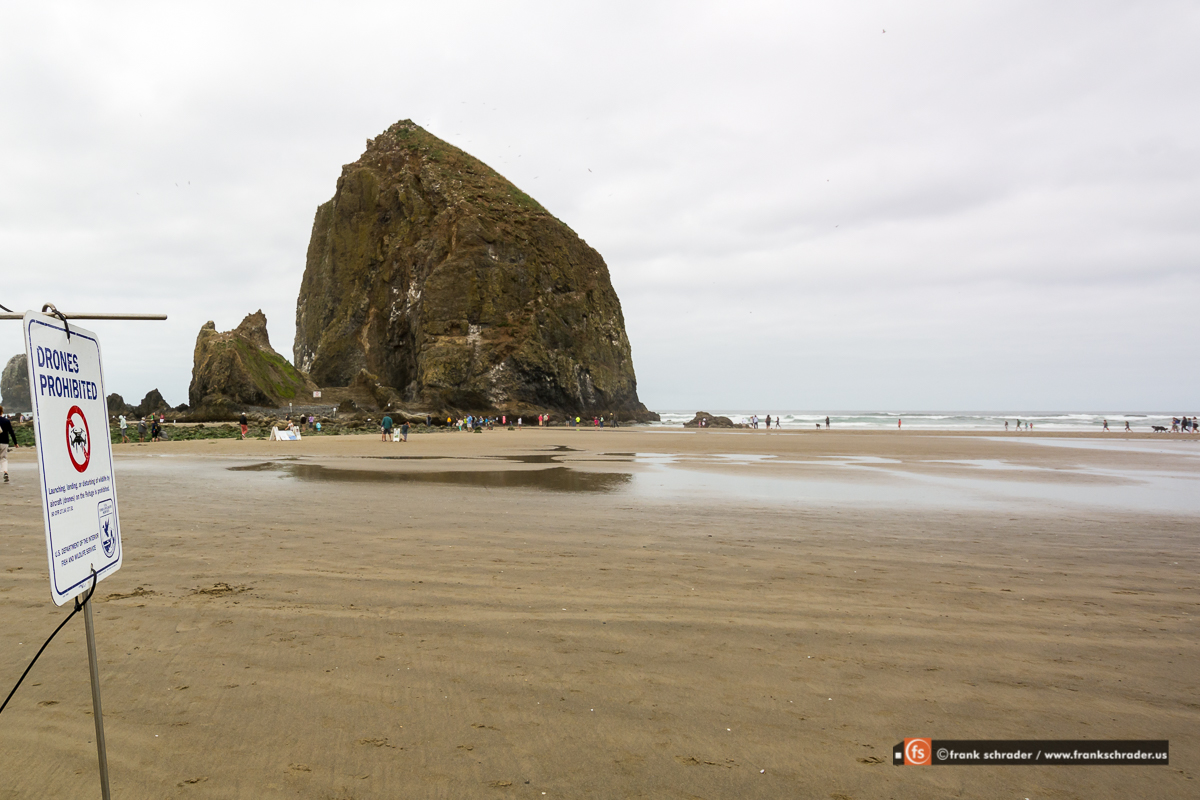
This article is about providing some insight for clients and to explain that
every drone operation underlies rules and restrictions and has to follow certain procedures.
It is not: just have fun flying your drone and quickly take some pictures and video.
FAA requires all licensed drone pilots to follow rules for safety reasons.
Bottom-line is that you are sharing airspace with other aircrafts and a drone is considered an aircraft. To fly commercial drones operations you must be a FAA licensed drone pilot and the exam is quite comprehensive. Some of the rules are important to be mentioned to a client who wants to hire a drone pilot. Just to understand where the limitations are.
For example, FAA doesn’t allow UAV operations over people. Therefore, straight-down (90 degrees) images/video isn’t always possible. If applicable for the respective project (e.g. if fly-over / straight-down camera angles are requested), it is important to inform all persons who are not crew members of the UAV operation that they MUST stay within safe cover, such as inside a stationary vehicle or a protective structure that would protect a person from harm if the UAV were to crash into that structure or vehicle (FAA, 14 CFR Paragraph 107.39).
Another example is that the max. flight altitude is 400 feet AGL (above ground level) with few exceptions. And you can fly ONLY within the Visual Line Of Sight (VLOS) … meaning you need to be able to see the drone without binoculars.
Temporary or permanent flight restrictions for a certain area may be issued by FAA as well and need to be followed by the pilot.
The pilot has sole authority to decide whether it is safe to fly or not. Several aspects are taken into consideration, for example…
UAV will be operated only within the following weather conditions: minimum visibility of three+ miles, wind gusts not exceeding 15 MPH, no precipitation, no dust hazards present, local ambient temperatures of between 32 and 95 degrees Fahrenheit.
There’s no doubt that a drone is capable of operating outside these parameters and that some folks do so, however, it is either illegal under FAA rules or it is just nonsense to do so for a commercial application. Why flying in wind of 20+ miles and risking to end up in trees or jeopardizing safety in general?
A less known parameter that influences the pilot’s decision whether to fly or not is the KP-Index on a certain day and time: it is a measured value that describes the strength of disturbances in the earth’s magnetic field. The scale ranges from 0 to 9 and commonly from value 5 on it is not recommended to fly a drone since its GPS reception can be influenced and therefore stability is jeopardized.
Luckily, there are several mobile apps which gather all the necessary information from weather to flight restrictions to KP-Index and also provide a forecast for some days ahead. On specialized websites it’s also possible to check the airspace restrictions for any given location and the wind situation in different altitudes. Bottom-line, for any commercial drone flight it is actual work involved and it is NOT as what it is seen sometimes: going out there and having fun flying your drone and getting some money.
Note: In another article I will provide some details about what tools I am using to plan a drone flight — that is not really interesting for a client and therefore left out here




